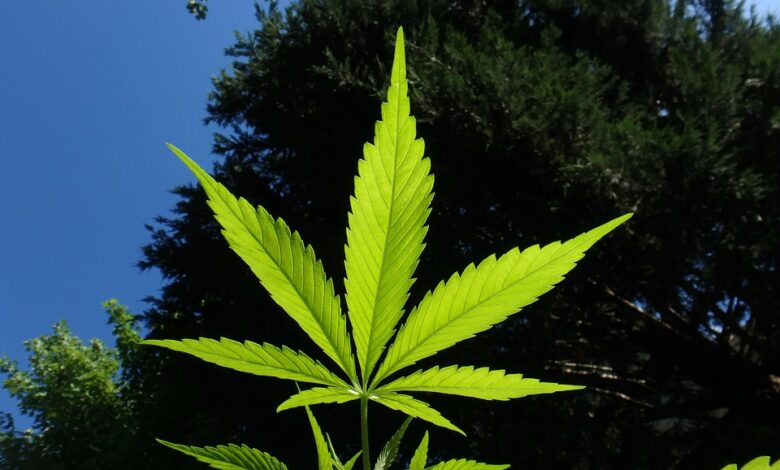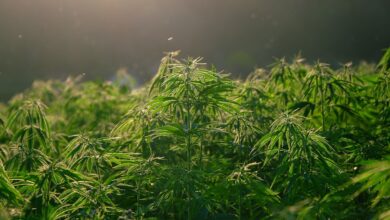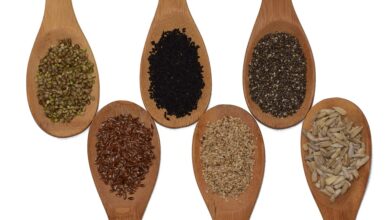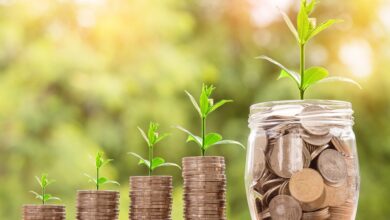Hemp: Unraveling the Myths and Misconceptions

Hemp has been a valuable crop and industrial resource for thousands of years, but it has also been the subject of many myths and misconceptions. From its association with marijuana to its misunderstood role in environmental sustainability, there are many misunderstandings about this versatile plant. In this article, we will explore some of the common myths and misconceptions surrounding hemp and shed light on the truth behind this ancient crop.
What is Hemp?
Hemp, or industrial hemp, is a strain of the Cannabis sativa plant species that is grown specifically for industrial use. It is one of the fastest-growing plants and was one of the first plants to be spun into usable fiber 50,000 years ago. It can be refined into a variety of commercial items, including paper, textiles, clothing, biodegradable plastics, paint, insulation, biofuel, food, and animal feed.
Hemp vs. Marijuana
One of the most common misconceptions about hemp is that it is the same as marijuana. While both hemp and marijuana are part of the same species of plant, they are quite different in terms of their chemical makeup and uses.
Hemp contains very low levels of tetrahydrocannabinol (THC), the psychoactive compound found in marijuana. In fact, hemp contains less than 0.3% THC, while marijuana typically contains between 5-20% THC. This means that hemp does not have the psychoactive effects associated with marijuana and cannot be used as a recreational drug.
Additionally, hemp has been bred specifically for its industrial uses, such as fiber and seed production, whereas marijuana has been bred for its psychoactive effects. The two plants are distinct in their appearance, growth patterns, and cultivation methods.
Environmental Benefits
Another common myth about hemp is that it is an environmentally destructive crop. In reality, hemp has numerous environmental benefits that make it a sustainable and eco-friendly crop.
Hemp is a highly versatile crop that can be grown in a wide range of climates and soil types. It requires minimal water, pesticides, and herbicides to grow, making it an ideal alternative to conventional crops that require intensive chemical inputs.
Hemp also has the ability to sequester carbon dioxide from the atmosphere, making it a valuable tool in combating climate change. The plant’s fast growth and dense root system help to improve soil health and prevent erosion, making it a valuable crop for sustainable agriculture.
Furthermore, hemp can be used to produce biodegradable plastics, paper, and textiles, reducing the demand for environmentally harmful petrochemical-based products. It is also a valuable source of renewable energy, with its seeds and stalks being used to produce biofuels and biomass.
Hemp’s environmental benefits make it a valuable resource for sustainable agriculture and industry, debunking the misconception that it is an environmentally destructive crop.
Frequently Asked Questions
1. Is hemp the same as marijuana?
No, hemp and marijuana are different varieties of the Cannabis sativa plant species. Hemp contains very low levels of THC and is grown specifically for industrial use, while marijuana contains higher levels of THC and is grown for its psychoactive effects.
2. Can hemp get you high?
No, hemp cannot get you high. It contains less than 0.3% THC, which is not enough to produce psychoactive effects. Hemp is grown for its industrial uses, such as fiber and seed production, and is not used as a recreational drug.
3. Is hemp legal to grow and use?
The legal status of hemp varies by country and region. In many places, hemp cultivation and use are legal for industrial purposes, such as fiber and seed production. However, the legal status of hemp for other purposes, such as CBD production, may vary.
4. What are the environmental benefits of hemp?
Hemp has numerous environmental benefits, including its ability to sequester carbon dioxide, its minimal water and chemical inputs, its role in improving soil health, and its potential to produce renewable energy and biodegradable products.
5. What are some common uses of hemp?
Hemp has a wide range of industrial uses, including paper, textiles, clothing, biodegradable plastics, paint, insulation, biofuel, food, and animal feed. Its versatility and sustainability make it a valuable crop for a variety of industries.
Conclusion
Hemp is a highly versatile and sustainable crop that has been the subject of many myths and misconceptions. From its misunderstood association with marijuana to its environmental benefits, there are many misunderstandings about this ancient plant. By unraveling the myths and misconceptions surrounding hemp, we can better understand its potential as a valuable resource for industry and agriculture. As laws and attitudes towards hemp continue to evolve, it is important to educate the public about the truth behind this versatile plant.
[ad_2]




